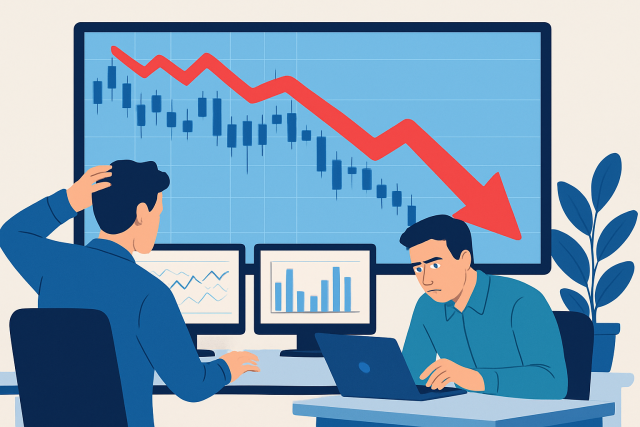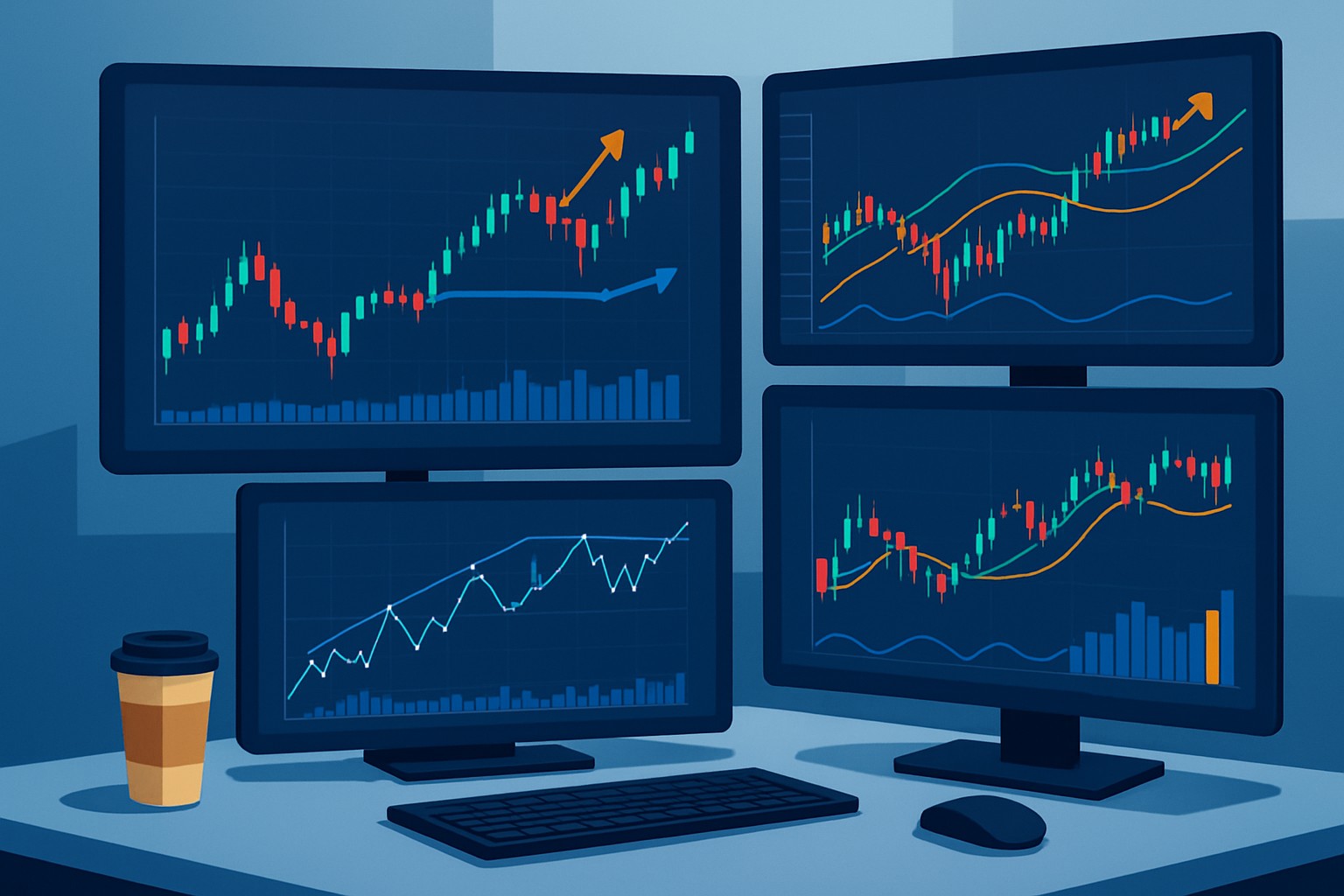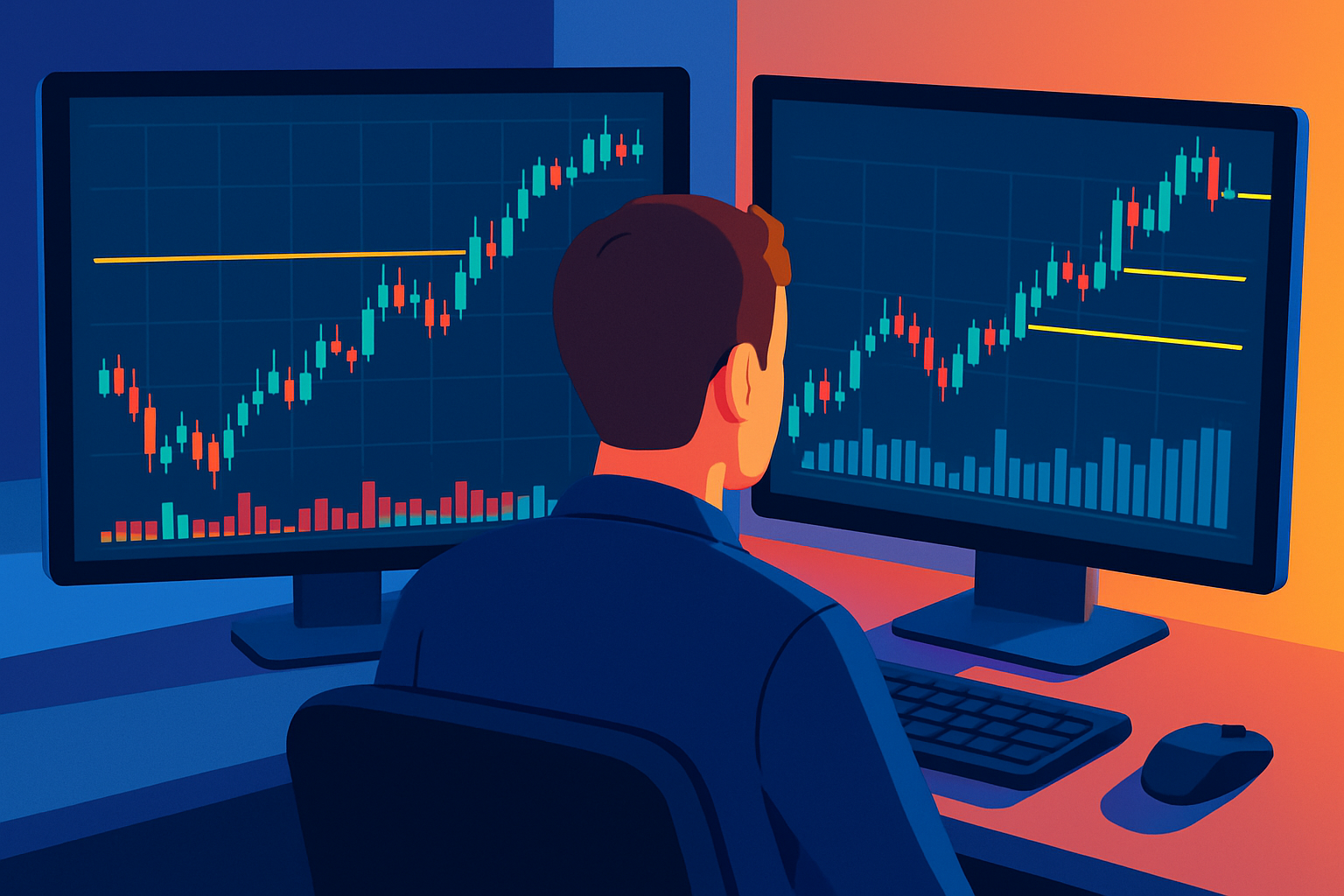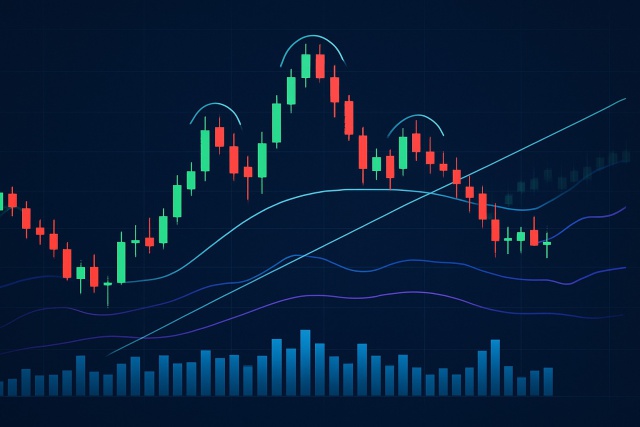
What is the meaning of 'Tanking' in trading?
Discover the meaning of 'tanking' in trading, why prices plunge sharply, and how to identify and res...

When you're chatting about trading and wonder 'what does pt mean', this common acronym pops up quite a bit. It can feel like a bit of a head-scratcher if you're just starting out.
This article dives into what 'PT' stands for in the world of trading and walks you through its most common uses. It also dishes out practical examples to really bring it home.
'PT' in trading usually stands for "Price Target." Think of it as a financial crystal ball—an estimated price level that traders, analysts or investors expect a security to reach within a certain time frame. It acts as a handy reference point showing where they reckon the price might wander based on their analysis.
PT usually stands for Price Target, but there are a few cases where it might mean Profit Target or something else altogether. Those alternative meanings are pretty rare, though.
Price targets give traders and investors a clear North Star to aim for and help shape their expectations well before making a move. By setting a specific price level ahead of time, traders can make smarter calls on when to jump in or bow out, keep their risk in check and stay loyal to their game plan.
Traders lean on a handful of analysis methods to nail down price targets, including trusty technical analysis and solid fundamental research plus curious sentiment indicators. Each method brings its own flavor to the table. It might be spotting clever patterns, digging into company fundamentals, or gauging the mood swings of the market.
Technical analysis dives into chart patterns like triangles or the classic head and shoulders along with support and resistance levels. It also uses indicators such as moving averages and RSI to make an educated guess about where prices might head next. It’s a bit like reading tea leaves but with numbers.
Fundamental analysis digs into company financials and earnings projections as well as the bigger economic picture to uncover the true intrinsic value and set price targets based on expected growth. It’s kind of like sizing up the whole playing field before making a move.
Analyst consensus takes a group effort approach by gathering forecasts from all the pros and averaging them to come up with a market-based target that—while not perfect—is a handy benchmark.
Algorithmic models get fancy with math and statistics and often backtest their theories against historical data to pinpoint price targets that tend to hold up well over time. They’re like the behind-the-scenes wizards of the forecasting world.
A technical analyst might spot a breakout pattern hinting at an upcoming move toward $50 while a fundamental analyst could peg the stock’s value closer to $48 based on earnings growth. Meanwhile, an algorithmic model often marries these perspectives and backtests historical data to hone in on a price target around $49.
Price targets tend to be treated differently depending on a trader's style and timeframe. Whether you are a day trader chasing quick wins, a swing trader aiming to ride moves over a few days, or a long-term investor thinking in years, price targets are a key part of your strategy and decision-making process.

Visual example showing price targets marked on charts for day trading, swing trading, and long-term investing perspectives.
People often misunderstand price targets, treating them like set-in-stone predictions or guaranteed outcomes. They are more like probabilistic guesses based on the information at hand and tend to shift as new data rolls in.
When using price targets, traders usually get the best results by keeping a flexible approach. It’s key to pair these targets with sound risk management and to regularly revisit and tweak them as market conditions shift.
Always double-check where your price targets come from to make sure they’re trustworthy and backed by solid analysis.
Set a few different price targets such as conservative and aggressive ones so you’re not caught off guard regardless of how the market swings.
Pair your price targets with sensible stop loss levels and position sizes to keep your risk in check because nobody likes surprises in their portfolio.
Keep a close watch on how the market price moves around your targets and don’t hesitate to tweak them when new information or trends arise.
Avoid getting too attached to any one price target. Stay flexible and nimble and be ready to pivot when the situation calls for it.
Understanding price targets starts to click once you are comfortable with some trading lingo that tends to pop up in these conversations. Terms like stop loss (SL), take profit (TP), entry price, resistance and support all play their part in painting a clearer picture of how price targets mesh with trade planning and risk management.
| Term | Meaning | Relation to PT | Example Usage |
|---|---|---|---|
| Stop Loss (SL) | A predetermined price point designed to cap your losses when the market doesn’t play nice | Acts as your financial safety net, protecting your capital if the price takes a wrong turn away from the PT | "Placed SL just below support to limit loss." |
| Take Profit (TP) | The price level where a trader happily locks in their gains | Usually set at or near the PT, aiming to cash out before the party ends | "Set TP at $55, matching analyst's price target." |
| Entry Price | The exact price at which you jump into a position | Serves as your reference point to measure profits against the PT — the starting line for your trade journey | "Entered at $45 aiming for PT of $50." |
| Resistance | A price level where sellers tend to crowd in, putting the brakes on further price gains | PTs often cozy up just below resistance levels to dodge a possible reversal | "Price target just below resistance to avoid reversal." |
| Support | A price level where buyers usually step up to the plate, preventing prices from falling further | Handy for setting sensible PTs and SLs, giving your trade some breathing room | "Support held, so PT adjusted higher." |
When traders understand what does pt mean and how these terms tie into price targets, they can cook up much smarter entry and exit strategies. For instance, setting stop losses just a hair below support and aiming those price targets close to resistance levels often strikes a pretty decent balance between risk and reward.
Struggling to improve your trading performance? Edgewonk's advanced analytics tools are designed to give you the edge you need.
With detailed trade journaling, robust strategy analysis, and psychological insights, you'll gain a comprehensive understanding of your strengths and weaknesses. Don't miss out on this game-changing opportunity.
Traders, it's time to elevate your game. Edgewonk is the ultimate trading journal software designed to empower you with data-driven insights and personalized strategies. Take control of your trading journey and maximize your potential.
17 posts written
Driven by her passion for empowering individual traders, Annika Eriksson is a renowned educator, offering practical strategies and actionable insights for successful trading.
Read Articles
Discover the meaning of 'tanking' in trading, why prices plunge sharply, and how to identify and res...

Cut through trading noise with five recommended trading books packed with actionable insights you ca...

El Salvador's adoption of Bitcoin as legal tender marks a groundbreaking experiment in national curr...

Unlock the power of the head and shoulders pattern with this complete guide. Learn to spot, trade, a...
